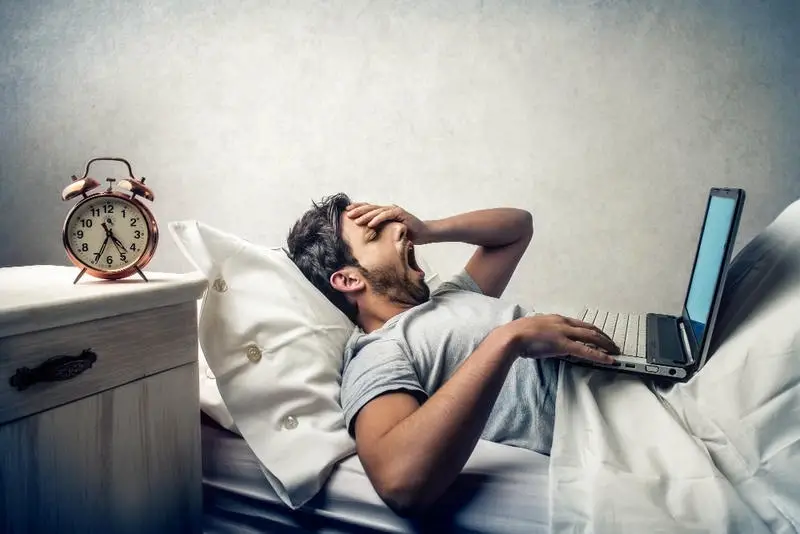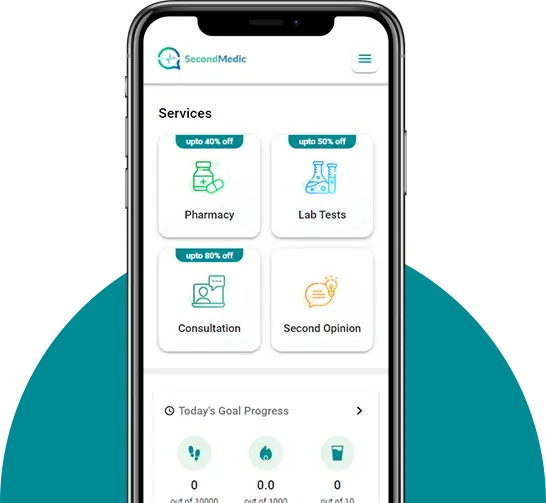- Published on: Jul 07, 2020
- 1 minute read
- By: Dr Rajan Choudhary
Asymptomatic Carriers Of COVID
Why Asymptomatic carriers of COVID are as dangerous as symptomatic patients
Many countries have now begun enforcing masks for everyone to wear when out in public, in enclosed spaces, or on public transport. There is good evidence to support these measures, but unfortunately, some still show resistance to the idea. Whilst some reasons put forward are non-sensical (masks do not cause any noticeable or measurable decrease in oxygen delivery to the body), other people feel like they shouldn’t wear a mask because they do not have symptoms of COVID. And thus would not spread anything. Here we look at a recent publication in Nature, one of the most esteemed peer-reviewed scientific journals in the world, and what it shows us about the transmission of COVID in a population.
This study by Lavezzo et al looked at the suppression of the SARS-CoV-2 outbreak in the Italian municipality of Vo’. This municipality is 50 kilometers west of Venice with a population of just 3,416 people. It experienced its first casualty of COVID on the 21st of February, after which it underwent lockdown for 14 days. During this time data was collected on the clinical presentation and hospitalization of COVID patients, as well as other citizens through the contact tracing network.
In total 2,812 residents were tested in late February, with another 2,343 tests performed two weeks later at the end of lockdown. Nasal and throat swabs were taken to identify infected individuals. The study found only 2.6% of people were positive for COVID at the start of lockdown, which reduced to 1.2% two weeks later.
Out of this infected population, 42.5% were asymptomatic. They had no symptoms at the time of swab testing nor did they develop symptoms afterwards. When the viral load was measured between symptomatic and asymptomatic patients, there was little difference.
Evidence has pointed to a large asymptomatic population, and previous studies have shown it to be as high as 50% in some cases. Many would assume if a patient has no symptoms then they must have fought the infection before it became an issue, or had a very low viral load and therefore were not likely to spread it. This study shows it is simply not true. Asymptomatic carriers of COVID are likely to contribute to the transmission and spread of COVID amongst the population.
If you are asymptomatic you have as high a viral load as someone who is symptomatic. But there is no way to tell without a swab. You have as much of a potential to spread the infection to the vulnerable. Even in people who became symptomatic the height of transmission was found to be before the patient showed any symptoms.
So what does this mean? If you have COVID you are likely to spread it before you show any symptoms or any symptoms at all. We know masks are effective at significantly reducing the spread of COVID, by catching the water droplets that carry the SARS-CoV-2 Virus. Now that shops and public places are re-opening, the risk of spread is high.
Wear a mask. Stop the spread.
https://www.nature.com/articles/s41586-020-2488-1_reference.pdf suppression of a SARS article









